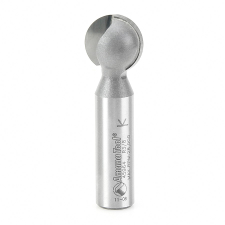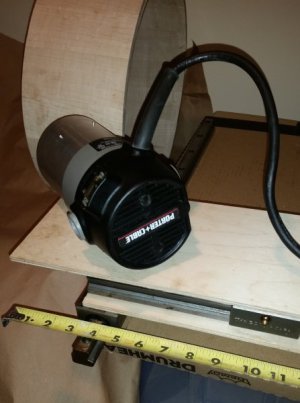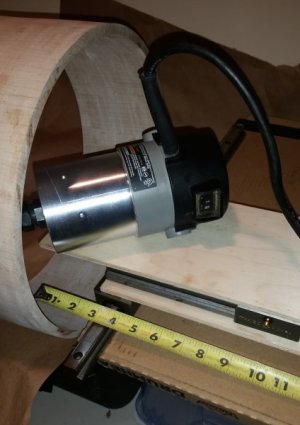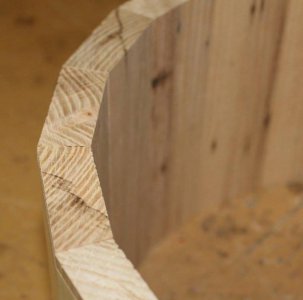- Joined
- Feb 17, 2013
- Messages
- 4,406
I'd be concerned with the "overhung load" imposed on what you call the X axis rail.* If you're cutting a drum that's 16" deep, that's a very long lever arm. I don't know what kind of downward force the cutter would impose on the end of the arm, but it would be good for you to at least work up an estimate based on your experience. Then study the specifications of the linear rails carefully ... maybe go up a size or two. Using two rails next to each other would give you about twice the stiffness ... but using a "taller" rail (especially with an increased vertical distance between the ball races) could increase the stiffness even faster.
*Note on axis nomenclature - What you're calling the X axis is generally known as the Z axis in machine tool parlance. What you're calling the Y axis is called X. No great shakes, as I'm pretty sure I understood what you were saying. But if you plan to do a lot of discussion with machinists, using the right terminology will help avoid confusion.
*Note on axis nomenclature - What you're calling the X axis is generally known as the Z axis in machine tool parlance. What you're calling the Y axis is called X. No great shakes, as I'm pretty sure I understood what you were saying. But if you plan to do a lot of discussion with machinists, using the right terminology will help avoid confusion.





